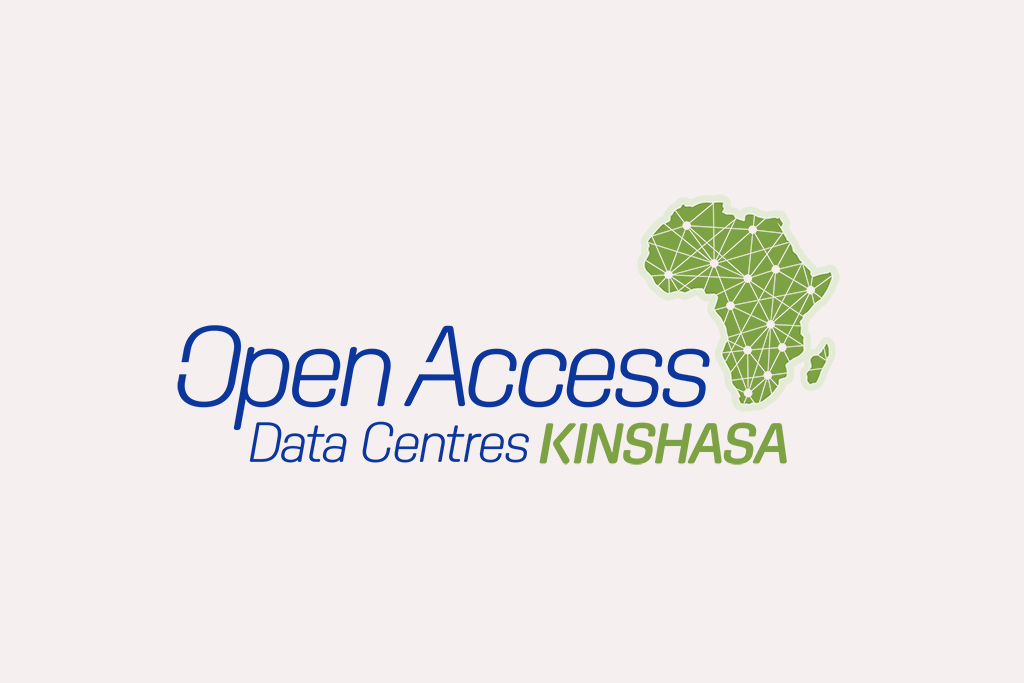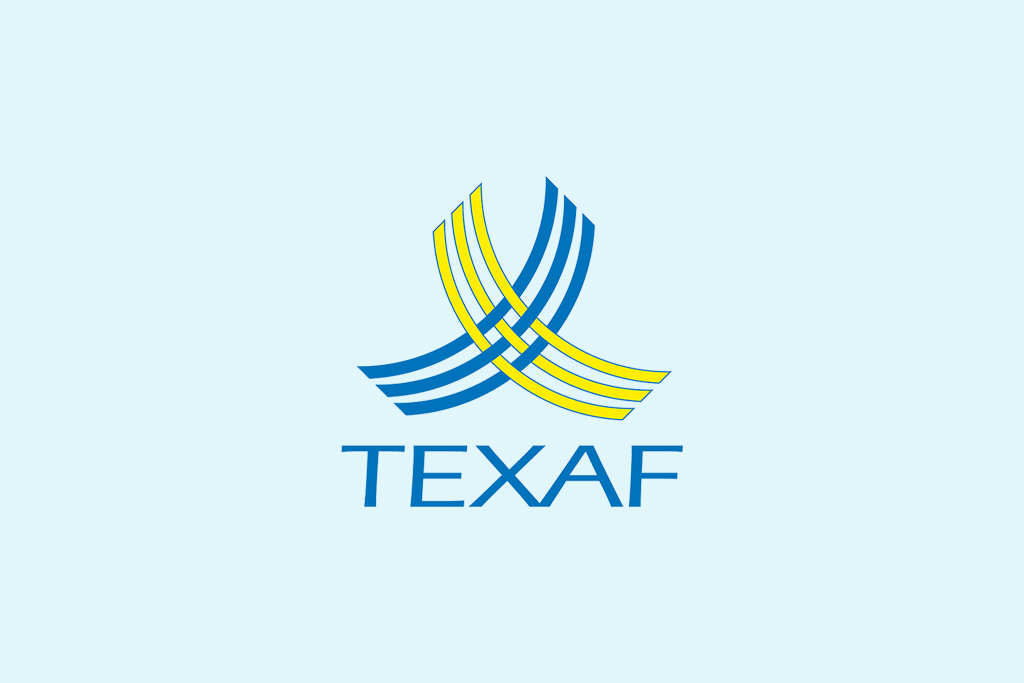- Construction of OADC Kinshasa is well advanced
- First phase of 2MW-capable, 550+ rack data centre to be operational by end-April
- Multiple sectors of DRC economy will benefit from accelerated digitalisation enabled by this world-class, open access data centre
Mauritius, 6th February 2023 – The initial phase of the Democratic Republic of the Congo (DRC)’s first open-access, carrier-neutral data centre, OADC Kinshasa; FIH1, will go live in Q2 2023. It is expected to boost the county’s digital ecosystem and economy by delivering converged open digital infrastructure services for colocation and connectivity.


Located in Kinshasa’s within TEXAF’s Silkin Village – one of the largest digital hubs in Central Africa – the 2MW-capable OADC Kinshasa is a partnership between transformational pan-African data centre operator, Open Access Data Centres (OADC), part of the WIOCC Group and TEXAF, a major long-term investor in the economy of the DRC.
OADC Kinshasa is a strategic element of digital infrastructure for the DRC, which the World Bank reports[1] as being one of the most under-developed digital economies in Africa. It will boost the country’s IT, colocation, and support the cloud infrastructure needs of a wide range of businesses and enterprises, enabling them to improve efficiency, expedite digitisation initiatives and more effectively service business and customer needs. The open, carrier neutral facility will create the first vibrant and comprehensive interconnect and peering ecosystem in the country across multiple carriers, ISPs, content providers and Internet Exchanges; a first in the DRC, transforming the digital infrastructure ecosystem.
As the country’s first open access, carrier neutral data centre, OADC FIH1 Kinshasa is also expected to boost the country’s internet penetration which InternetWorldStats reports was only 17.4% at the start of 2022, compared to 43% for Africa as a whole and 68.6% for the Rest of the World.
Similarly, improved access to connectivity, cloud and internet services can be expected to increase consumer use of online applications such as Facebook: according to InternetWorldStats, in April 2022 DRC’s Facebook subscribers, as a percentage of the country’s population, was only 5.4%, compared to 18.6% for Africa as a whole and 38.1% for the Rest of the World. The quality of the facility, which will be Tier III Certified by the Uptime Institute, together with its vibrant interconnect ecosystem is expected to draw key cloud and content services into DRC.
Dr Ayotunde Coker, CEO of OADC, commented, “This data centre, and others we have in the pipeline for DRC, are changing the narrative and opportunities for large and small enterprises, Government departments, and international content networks and cloud operators to localise in the country. As a result, we are already in advanced discussions with a number of potential anchor tenants about establishing their presence in our facility. Partnering with TEXAF, with their local knowledge, experience and understanding of the local business environment in the DRC, ensures that our approach to developing and expanding our capabilities in the DRC is consistent with – and tailored to – local requirements and demands, and that we help businesses and the country as a whole to contribute to and benefit from the digital transformation of Africa. The facility will join a growing network of interconnected, open and carrier neutral data centres across the continent“
[1] ‘Democratic Republic of Congo: Digital Economy Assessment’ – World Bank Group, 2020
Philippe Croonenberghs, Chairman of TEXAF, declared “We are proud to be partnering with OADC in the creation of another essential building block of the digital ecosystem here in the DRC. This fully validates our strategy of attracting international industry leaders such as OADC to the country and specifically into our new SILIKIN VILLAGE digital hub. It is also an affirmation of our standing and reputation in the country.”
Accelerating DRC’s digital transformation
According to a report by Endeavor Nigeria, the size of Africa’s digital economy in 2022 was $115 billion and expected to grow more than six-fold to $712 billion by 2050. However, while Africa has 17% of the world’s population, it generates only 4% of global GDP and has just 1% of the world’s data centre capacity – the continent’s ‘digital infrastructure gap’, where the digital landscape is characterised by islands of high-speed connectivity focused on the largest, predominantly coastal, urban areas, with limited network deployment to smaller locations.
OADC Kinshasa is bridging this digital infrastructure gap to boost the DRC’s economic fortunes and the efficiency of its businesses, as well as bringing significant improvements to the lives of individuals, and a catalyst to broadband penetration. The International Telecommunications Union analysis in its modelling of economic impact for Africa indicates a 10% increase in broadband penetration would result in 2.5% increase in GDP per capita.
The OADC facility will be a key enabler of sovereign data rules in the country, localising internet data and bringing more efficient access to data.
OADC Kinshasa
OADC Kinshasa has been designed and will be operated to international standards[1] , such as Uptime Institute Tier III, ISO 27001 and other key ISO standards. It is being configured with an initial 400 square metres of IT white space and growing to 1000m of white space accommodating more than 550 racks.
The facility embodies carrier-neutral principles, maximising interconnection opportunities for all customers. Increased competition and improved operator cost-efficiencies will contribute to the expected decrease in cost of internet connectivity for the Congolese people and companies and will be a major enabler for the emergence and enhancement of the DRC’s digital ecosystem.
Coker continued: “OADC Kinshasa is a key facility within our unique, pan-Africa core-to-edge, open-access DC ecosystem, which now includes OADC Lagos (20MW site load, 7,200 square metres IT white space), OADC Durban (4MW, 2,200 square metres), OADC Isando in Johannesburg (up to 7MW and an initial 1,600 square metres), the 3MW OADC Rondebosch and 5MW OADC Brackenfell, both in Cape Town and 30 OADC EDGE DCs across South Africa.”



